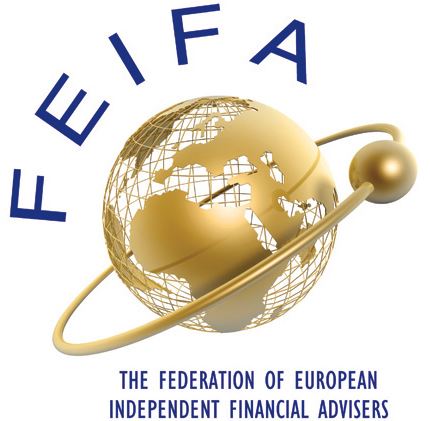Recently I was speaking with an adviser about a client with an uncrystallised £500,000 pension fund and who was looking to access an income of approximately £1,000 per month. Their existing international pension arrangement could accommodate the income request but there was an issue, as the PCLS entitlement also had to be paid at the same time – under the scheme rules it was a case of take 25% of the full fund now when crystallising benefits and if not taken within 12 months then all entitlement to PCLS would be lost forever.
This approach came with 2 drawbacks:
- The client did not want to access the full 25% PCLS now
- If the full PCLS was withdrawn, then the adviser would lose £125,000 of funds under advice for this client
A solution for this scenario could potentially have been Uncrystallised Fund Pension Lump Sum (UFPLS). However, some International SIPP schemes and most QROPS schemes are not able to offer this flexible benefits option introduced by the UK Government as long ago as April 2015. In simple terms, UFPLS allows pension holders to withdraw some or all of their uncrystallised funds as a lump sum. Within the usual imitations of the Lifetime Allowance, 25% is paid free from UK income tax, with the balance taxed as pension income.
Before 6 April 2015, taking uncrystallised funds as a lump sum from a registered UK pension attracted hefty unauthorised payment tax charges – so UFPLS now brings more flexibility than was previously available. When introduced, the UK Government wanted people to have greater flexibility in retirement benefit choice. They did not wish clients to feel forced into taking excessive pension benefits but wanted to promote easy access to funds as lump sums if required. It was hoped that this greater flexibility in removing all requirements to take regular income and/or full PCLS might encourage more people to personally save for their later retirement.
An UFPLS can be paid as an authorised member payment to a member from uncrystallised funds held in a money purchase arrangement for that member. Uncrystallised funds are funds held in respect of the member which have not, as yet, been used to provide that member with any benefits under the scheme.
Example of how UFPLS is taxed
If we refer back to the original client scenario, this client (age 60) has a fund of £500,000 but has decided that they only wish to withdraw sufficient funds to utilise their UK Personal Allowance. Therefore, under UFPLS they could crystallise £16,666 a year, leaving a pension fund of £483,334 uncrystallised in year 1. This way they will have £4,166 that is not subject to UK income tax and £12,500 taxed at the marginal rate.
If they had an NT PAYE tax code or in the absence of that, no other income, currently their personal allowance would cover the £12,500 and there would be no UK income tax payable on the total £16,666 withdrawn.
Therefore, when reviewing any international pension arrangement with your existing clients, it is important not only to assess the ongoing investment strategy but also not to ignore the flexible benefit options available in retirement. Options such as UFPLS, phased retirement and flexible income drawdown offer maximum flexibility that some older SIPP schemes and QROPS do not – therefore, you should be asking this question to pension trustees now and not leaving it too late. If in fact UFPLS is not an option, the result could be a stressful retirement for your clients and not the relaxed and happy one you had originally planned for them.
